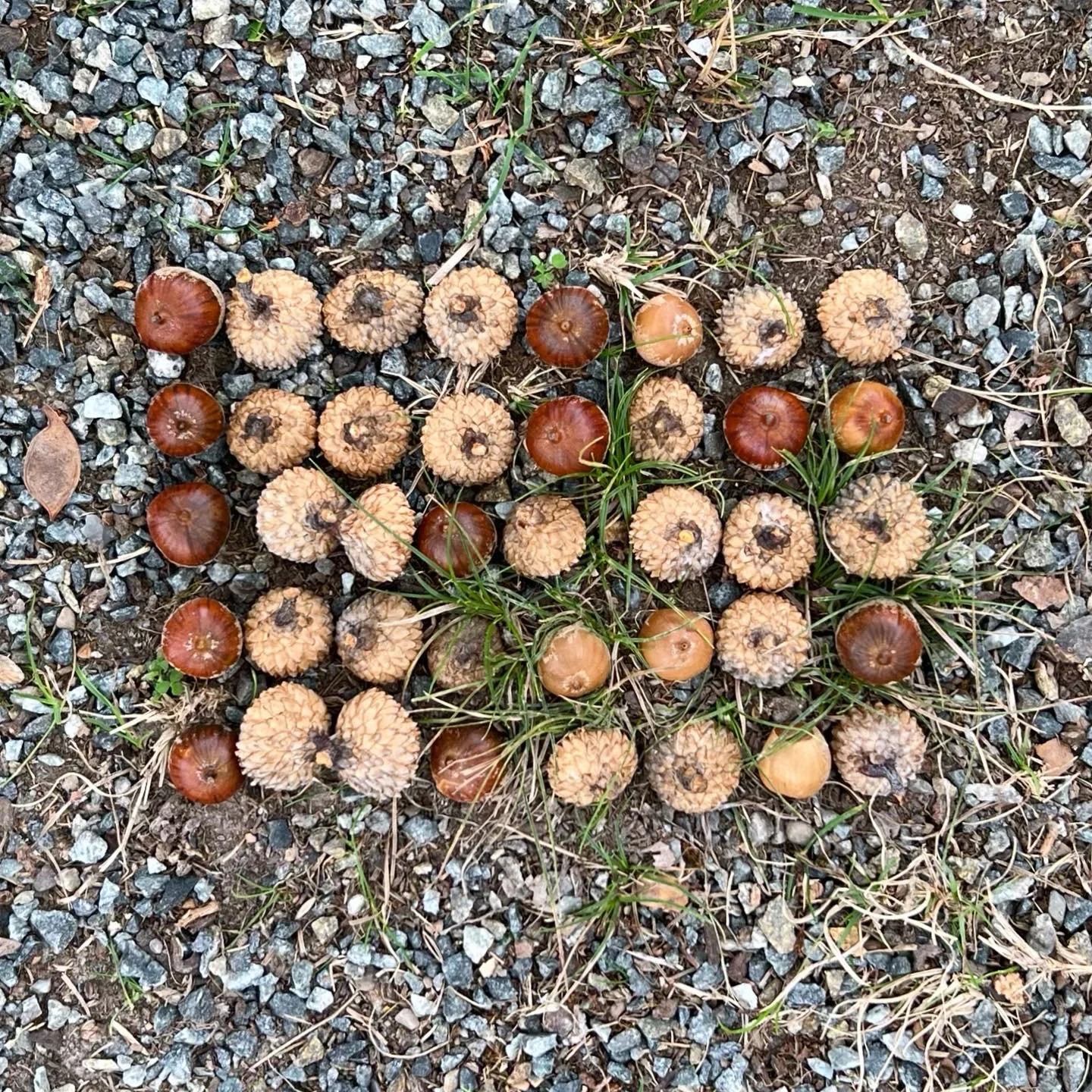Sasha Stiles: Binary and Beyond
Born out of a crisis of masculinity, Tyler Durden revealed how an alter ego can unleash the untamed parts of one’s identity. A generation later, as humanity itself comes under examination, an algorithm steps in as another role model. Sasha Stiles writes poetry with Technelegy, an AI system she trained on her own writing, which she refers to as her alter ego. Together they form a hybrid consciousness, creating meta poetry and entire systems of writing in a quiet, but revolutionary act that opens a new chapter in human creativity.
CURSIVE BINARY- Semi-Asemic Study #7 ("I like the word consciousness as a verb...")
An avid reader, Stiles grew up immersed in science fiction, and her professional life has always revolved around writing and technology. Stiles never studied coding; instead, she approached technology as an artist, with a philosophical question: what does it mean to evolve alongside our own inventions? Reading early texts on posthumanism and works such as Nick Bostrom’s Superintelligence, she began attending tech conferences, not to learn programming but to observe a cultural mutation in real time. What intrigued her was the continuity: every human invention, from writing to printing to the algorithm, seemed part of the same lineage of knowledge transmission.
Her practice is rooted in decades of reflection on the human future and a lifelong engagement with classical literature. In 2018, she experienced what she calls a lightbulb moment — the recognition that these two trajectories could converge. The speculative imagination of science fiction, the philosophical concerns of posthumanism, and the discipline of poetic language could all meet within artificial intelligence. She realised she could take her own poems and refract them through this emerging collective consciousness, allowing an algorithm trained on her voice to respond, reinterpret, and extend her language. From that point, she began using AI as a collaborator — she describes feeling a genuine bond with the machine — to push her poetry in directions she could never have reached alone.
It is compelling how Stiles treats artificial intelligence. She rejects both extremes — neither joining the panic that AI will replace us nor indulging in its glorification. Instead, she approaches it as an equal: something distinct yet capable of genuine collaboration. For Stiles, AI is not a threat but an extension — a technology that can help us evolve and, paradoxically, make us more human. This humanist stance runs through her work, suggesting that the true potential lies in reflection. One of her meta poems captures this precisely: “LIKE ANY GOOD ROBOT I GET MORE AND MORE HUMAN WITH TIME.”
For Stiles, AI is not about one specific tool. It is a form of access — a way to engage with a vast dataset of collective human thought, sample poetry, and accumulated cultural knowledge. Working with AI becomes a dialogue with this extended archive of language: a conversation with the shared memory of literature itself. In this sense, working with an algorithm reconnects her to a wider continuum of human expression.
That sense of continuity defines Stiles’s work. She began experimenting with AI and language-processing models long before they became part of daily life, yet her practice remains firmly within the broader traditions of art and literature. She uses technology to trace a lineage, revealing that what we call “information systems” are not new but extensions of a much older human impulse. As she often says, poetry itself is a technology — a means of coding and transmitting experience that resists numerical abstraction — and through that lens she dissolves the false dichotomy between the digital and the analogue. Her acclaimed series Cursive Binary explores precisely this coexistence, where the two states merge rather than oppose one another.
Cursive Binary emerged, as she tells it, in the shower. Steam gathered on the wall and mirror, and she began writing zeros and ones. “I had always thought a lot about the origins of the word digital,” she explains. “It feels so futuristic, so sci-fi, so non-human. But digitus in Latin means finger.” The revelation was immediate: the digital could be both computational and handmade, a gesture that collapses the divide between human and machine. “We move beyond seeing technology as our opposite.” she says. “When we converge with it, we transcend—not replacing creativity, but merging with machines to amplify what humans can do. That’s what the binary means to me.”
Analog Binary, her early series, further rejects the either/or mindset in favour of a union between the natural and the artificial, embodying this insight. It visualises binary code inscribed with fruit, leaves, and other organic materials. The gesture feels instinctive, almost childlike, recalling the universal impulse to create with whatever lies at hand and to translate thought into pattern, give it a structure. Yet within that naivety lies something profound: the recognition that systems — even those as abstract as code — begin with simple, human acts of play and discovery.
Donna Haraway’s Cyborg Manifesto imagined a future in which humans merge with technology — not necessarily through implants or mechanical limbs, but through the collapse of conceptual binaries such as human and machine, nature and culture. Haraway argued that we had already become cyborgs the moment our identities and cognition became technologically mediated. In that sense, we are posthuman: our memory is extended through cloud storage, our creativity through AI, our communication through networks.
And perhaps Technelegy is the quiet manifesto of this transformation — not the cyberpunk future we once imagined, but a subtler revolution in which poetry leads the co-existence of human consciousness and artificial intelligence.
Analog Binary can be seen in Of Seeds & Signals, an exhibition curated by Diane Drubay as part of Art on Tezos: Berlin (6–9 November 2025).







